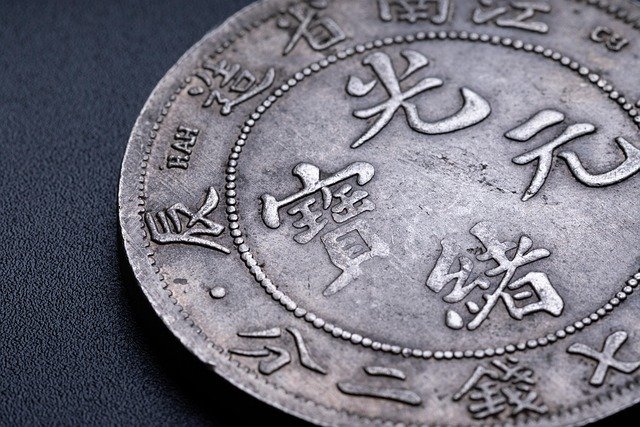Understanding the History and Value Behind Collectible Coins
Collectible coins represent far more than their face value, serving as tangible pieces of history that tell stories of civilizations, economic changes, and artistic evolution. These metallic treasures have captivated collectors for centuries, combining historical significance with potential investment value. From ancient Roman denarii to modern commemorative issues, each coin carries unique characteristics that determine its rarity and worth in today's marketplace.

The world of collectible coins encompasses thousands of years of human history, with each piece serving as a miniature artifact that reflects the culture, politics, and economics of its time. Understanding what makes certain coins valuable requires knowledge of historical context, minting processes, and market dynamics that have evolved over generations.
History and Value Behind Collectible Coins
The historical significance of collectible coins extends beyond their monetary function. Ancient coins from Greece and Rome provide insights into political propaganda, as rulers used currency to spread their image and messages across vast empires. American colonial coins tell stories of early independence and economic struggles, while error coins from various mints reveal the human element in mass production processes.
Value determination involves multiple factors including age, rarity, condition, and historical importance. A coin’s worth isn’t solely based on its metal content or age—sometimes relatively recent coins command higher prices than ancient specimens due to limited mintage numbers or unique circumstances surrounding their production. Market demand, collector interest, and authentication also play crucial roles in establishing value.
How Coin Collectors Identify Rare and Unique Finds
Successful coin identification requires systematic examination and research skills. Collectors begin by examining mint marks, which indicate where coins were produced and can significantly affect value. Date analysis helps determine production years, while condition assessment using standardized grading scales provides accurate value estimates.
Authentication involves checking for counterfeits, which have become increasingly sophisticated. Professional grading services use advanced techniques including weight measurement, diameter verification, and microscopic examination to confirm authenticity. Collectors also study die varieties, where subtle differences in coin production create distinct variations that can be extremely valuable.
Research tools include reference books, online databases, and auction records that help collectors understand market trends and identify potentially valuable pieces. Networking with other collectors and attending coin shows provides opportunities to learn from experienced numismatists and discover rare finds.
Tips for Preserving and Displaying Coin Collections
Proper preservation ensures collectible coins maintain their condition and value over time. Storage environment control is essential—coins should be kept in stable temperature and humidity conditions, away from direct sunlight and chemical contaminants. Handling techniques matter significantly, as oils from skin can cause permanent damage to coin surfaces.
Protective holders made from inert materials prevent environmental damage while allowing viewing. Options include plastic flips, cardboard holders with plastic windows, and rigid plastic cases for valuable specimens. Albums and folders provide organized storage for complete sets, though direct contact with certain materials should be avoided.
Display considerations balance accessibility with protection. Shadow boxes with UV-resistant glass work well for showcasing special pieces, while fireproof safes or bank safety deposit boxes provide security for valuable collections. Documentation including purchase records, authentication certificates, and detailed inventories helps with insurance and estate planning.
| Service Type | Provider | Cost Estimation |
|---|---|---|
| Professional Grading | PCGS | $20-$300 per coin |
| Authentication Service | NGC | $18-$250 per coin |
| Coin Storage Supplies | Whitman Publishing | $10-$100 per album |
| Insurance Coverage | Collectibles Insurance Services | $1-$2 per $100 value annually |
| Appraisal Services | American Society of Appraisers | $100-$500 per session |
Prices, rates, or cost estimates mentioned in this article are based on the latest available information but may change over time. Independent research is advised before making financial decisions.
Building a meaningful coin collection requires patience, education, and careful planning. Whether focusing on specific time periods, countries, or coin types, successful collectors develop expertise in their chosen areas while maintaining proper care standards. The combination of historical appreciation and potential investment value makes coin collecting a rewarding hobby that connects enthusiasts with the rich tapestry of human civilization.
The numismatic community continues to grow as new collectors discover the fascinating stories behind collectible coins. From ancient artifacts to modern commemoratives, each piece represents a unique intersection of history, artistry, and economics that provides endless opportunities for learning and discovery.




